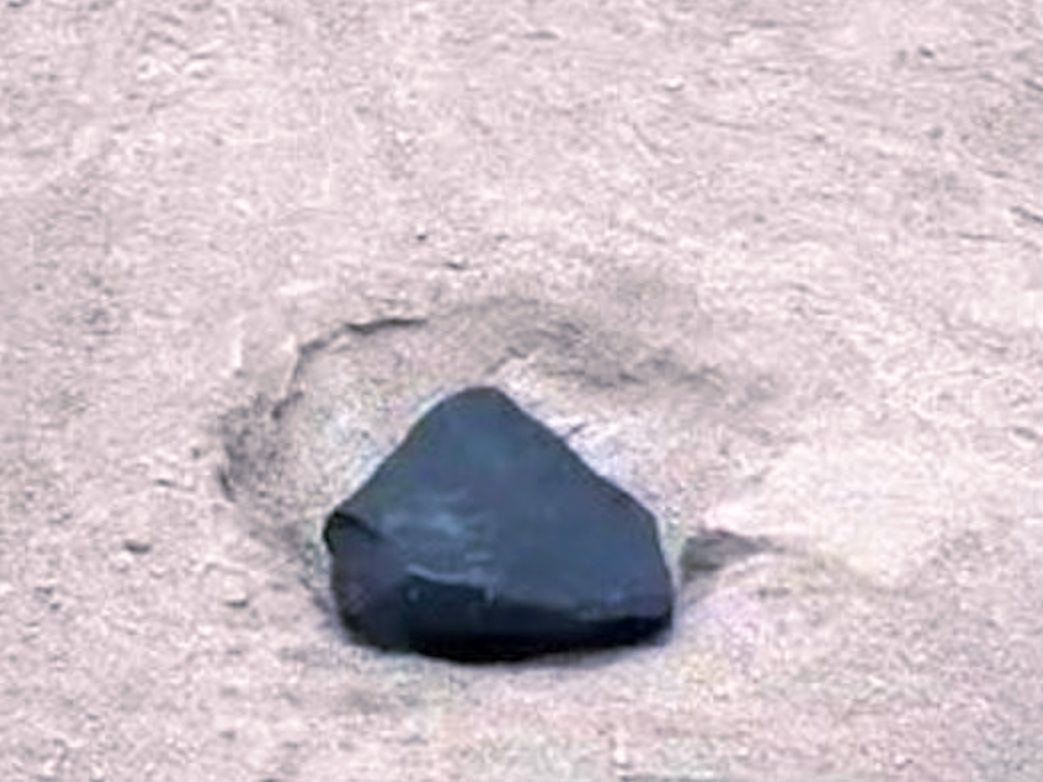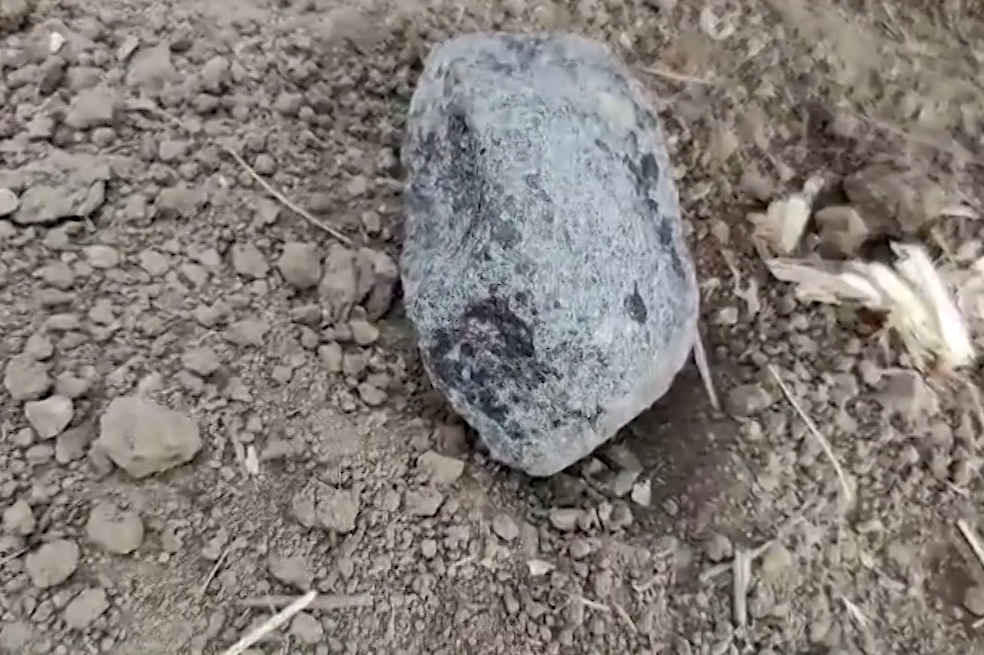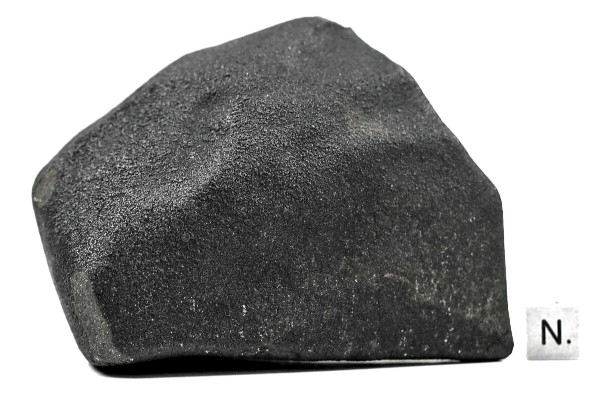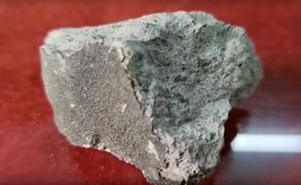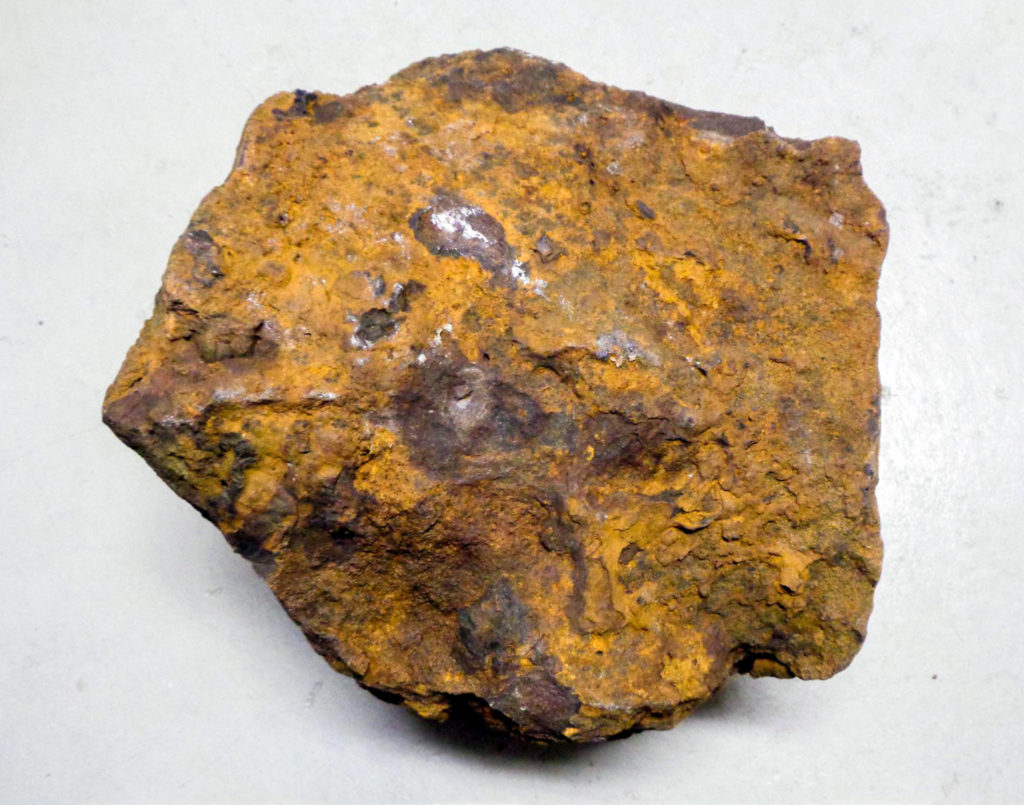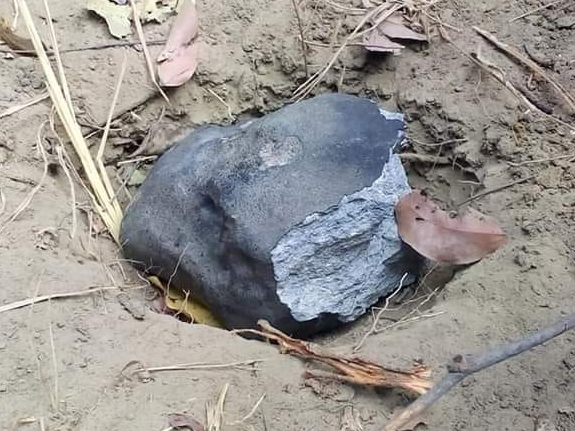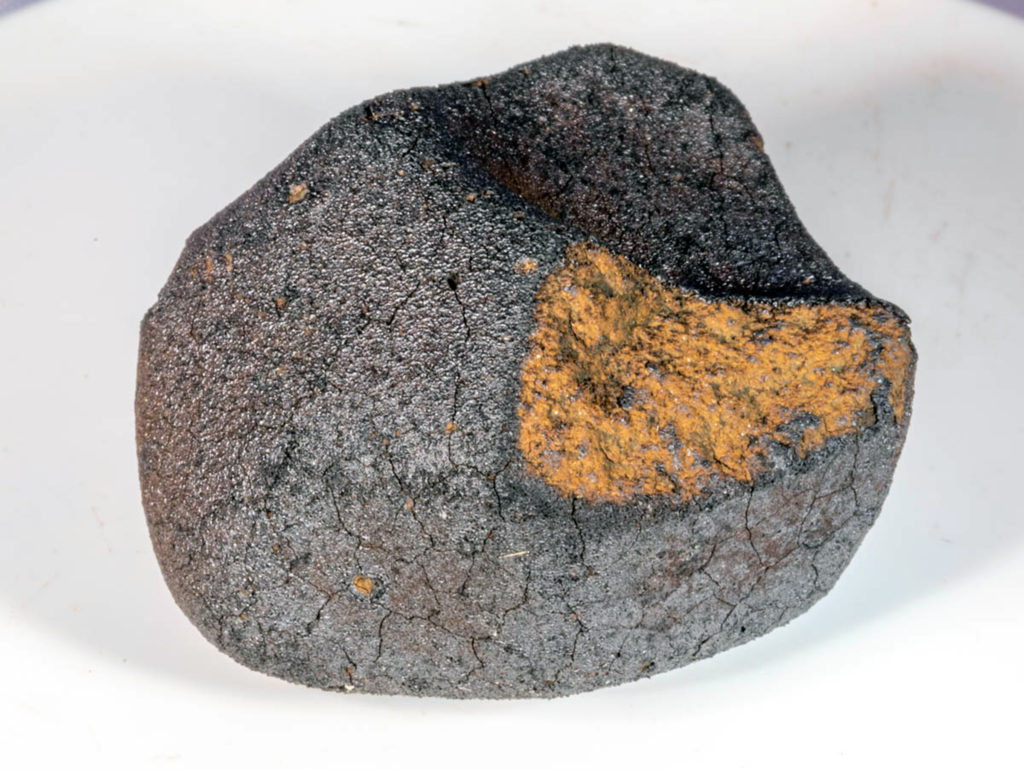Reanalysis of the Benešov bolide and recovery of polymict breccia meteorites – old mystery solved after 20 years
Pavel Spurný, Jakub Haloda, Jiří Borovička, Lukáš Shrbený and Patricie Halodová
Published online: 14 October 2014
DOI: 10.1051/0004-6361/201424308
Abstract
The main motivation for this work was to explain and solve the old mystery connected with the detailed instrumental observation of the Benešov superbolide on 7 May 1991 over the central part of the Czech Republic. Detailed analyses of this undoubted meteorite fall were published in several papers, and this is one of the best documented bolides (at least of the superbolide category) ever observed. However, despite high-quality data, favorable trajectory, relatively large terminal mass, and especially great efforts and many attempts, no meteorite was found in the weeks and years after the fall. Here we solve and explain this old mystery. In spring 2011, just before the twentieth anniversary of this extraordinary case, we remeasured all available all-sky records and reanalyzed the data. We used slightly different methods and new approaches, which we gradually developed to analyze several recent instrumentally observed meteorite falls (Morávka, Neuschwanstein, Jesenice, Bunburra Rockhole, Mason Gully, and Košice). We assembled a new consistent picture of the Benešov event, which resulted in a slightly revised impact location and suggested a new strategy that might lead to a recovery of Benešov meteorites after 20 years. The reality completely confirmed all our assumptions and surpassed our expectations. We found four small highly weathered fragments irregular in form and completely without fusion crust with a total mass of 11.63 g (1.54 g (H5), 7.72 g (with achondritic clast), 1.99 g, 0.38 g (all LL3.5)). They were recovered exactly in the predicted impact area for corresponding masses, namely within 40 m from the highest probability line. Although all fragments are very small and their weathering grade is high (W3 for all pieces), their interior was preserved enough for reliable analysis (except for the smallest one). The meteorite is classified as a polymict breccia containing three recognized lithologies with different texture, chemical, and mineralogical composition. This result is pioneering in many aspects. We proved that in some special cases it is still possible to predict and find meteorites a long time after the fall. The most important result, however, is the heterogeneity of the recovered meteorites. This case clearly shows that larger meteoroids can be compositionally very complicated bodies. We discovered that the Benešov meteoroid consisted of at least three different types of material – LL3.5, H5, and primitive achondrite. This case also implies that it is very useful to study as many fragments as possible from one fall because there can be significant differences among them.

